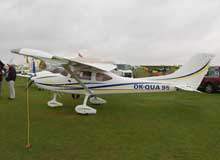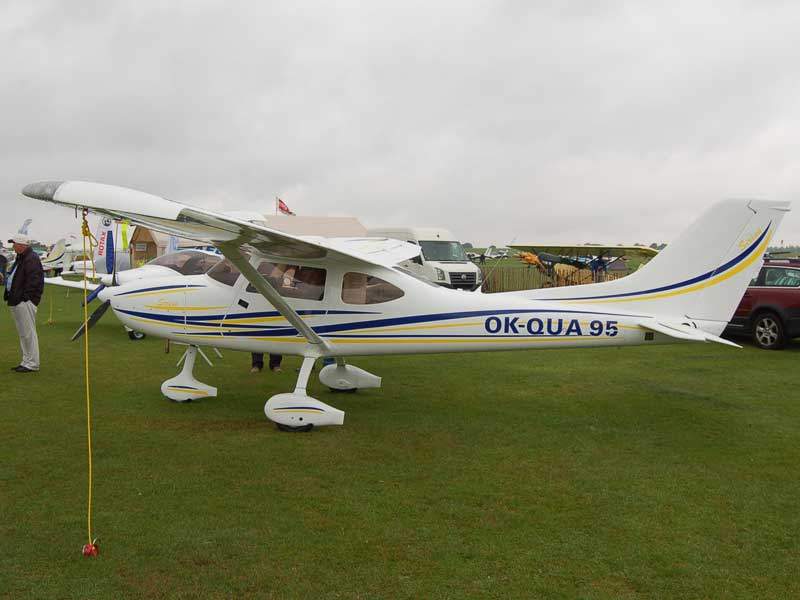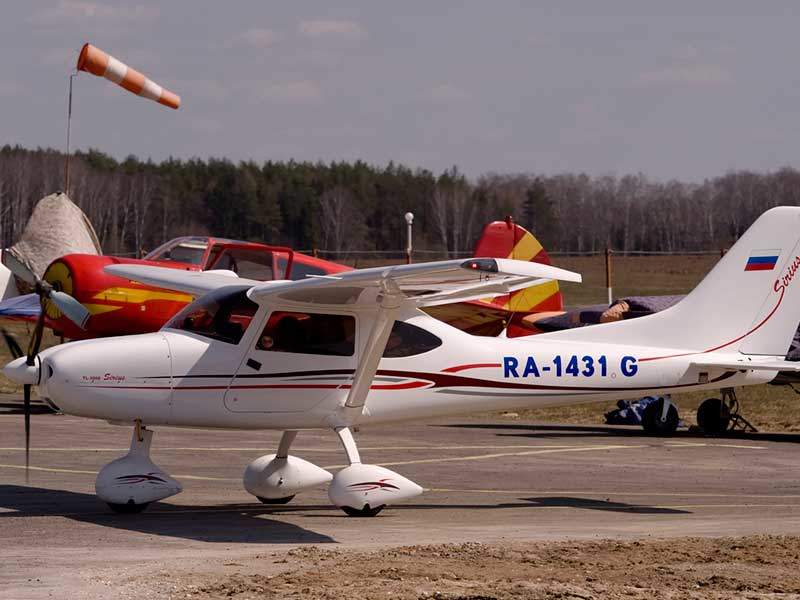Sirius TL-3000 is a two-seat ultra-light aircraft developed by TL Ultralight. The first flight of the aircraft was completed in May 2008 and production began in 2010. More than 100 Sirius TL-3000 aircraft were sold by 2015.
The aircraft is designed to be suitable for flying schools and is available in both the European ultra-light and US light sport aircraft (LSA) categories.
TL Ultralight introduced a popular variant of Sirius TL-3000 aircraft with an aerial camera mounted underneath its fuselage in April 2016.
Design and features of Sirius TL-3000 aircraft
The LSA features high-wing design and is constructed with composite-reinforced epoxy structures. It includes a rectangular wing with a trapezoid-shaped outer part. The landing gear of the aircraft features a steerable nose wheel and main wheels with brakes. It comes equipped with fixed horizontal and vertical stabilisers, effective flaps, and powerful elevator, rudder and aileron surfaces.
The glass-reinforced plastic (GRP) fibreglass used in the landing gear dampens impact and makes the aircraft forbearing in the event of hard landings. The aircraft has low vibration and a very low noise level of 58dbA.
The external dimensions of the aircraft include a length of 6.97m, height of 2.30m, and wingspan of 9.4m. The aircraft has a wing area of 11.26m², horizontal tail area of 2.68m², vertical tail area of 1.45m², and horizontal tail width of 2m.
Cabin, cockpit and avionics
The aircraft accommodates two passengers in side-by-side deluxe cushioned, body-contoured seats. The 1.13m-wide cabin features upward-opening doors, which are held in place by hydraulic struts. The cabin includes a large baggage compartment with a cargo volume of more than 14ft³.
The spacious glass cockpit offers generous space for the pilot and passenger. The flight deck features Garmin’s G3X Touch with bright, high-resolution touchscreen displays, which can easily be viewed even in direct sunlight.
The avionics features include 3D outside terrain viewing, mapping options and surrounding traffic information. It also includes dual yoke controls for the aileron and elevator, as well as the electric flaps.
The aircraft combines high-performance with docile flight characteristics and features agile and manoeuvrable controls.
Sirius TL-3000 engine and performance details
The TL-3000 LSA can be powered by either a Rotax 912ULS (80hp), 912iS (100hp) or a 914 Turbo (115hp) four-cylinder and four-stroke engines. The engine is driven by a fixed or in-flight adjustable PowerMax propeller. The fuel tank has a capacity of 90l while the fuel consumption of the aircraft is 16.2l/h. The aircraft offers between six and seven hours of safe flight endurance.
The cruising speed of the aircraft is between 180km/h and 220 km/h, whereas the never-exceed speed is 253km/h and minimum speed is 59km/h. The maximum range is 2,000km/h and climb rate is 5m/s.
The aircraft has an empty weight of 297kg and maximum take-off weight of 472.5kg. It can carry minimum crew weight of 60kg, maximum crew weight of 180kg and maximum luggage weight of up to 25kg.





